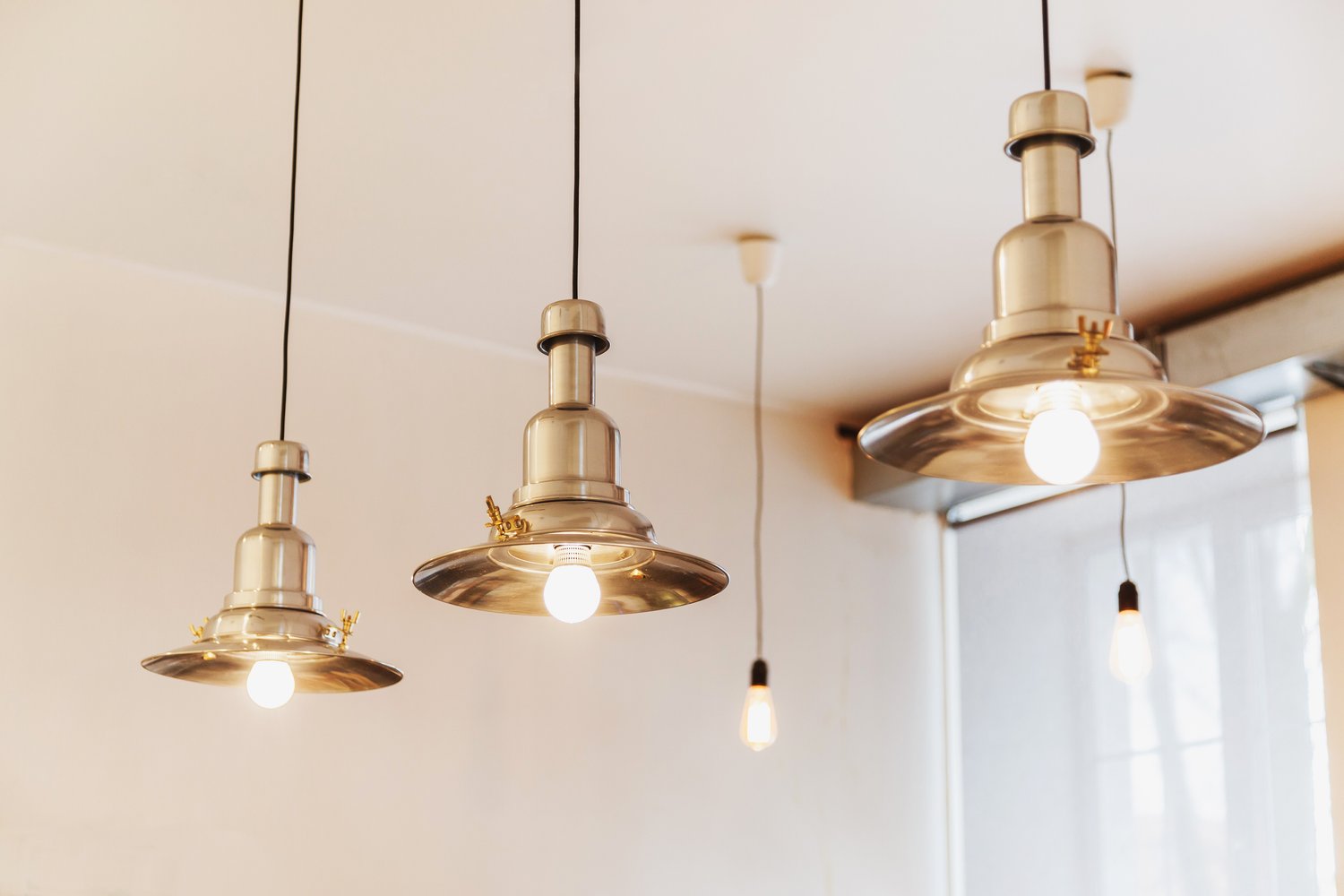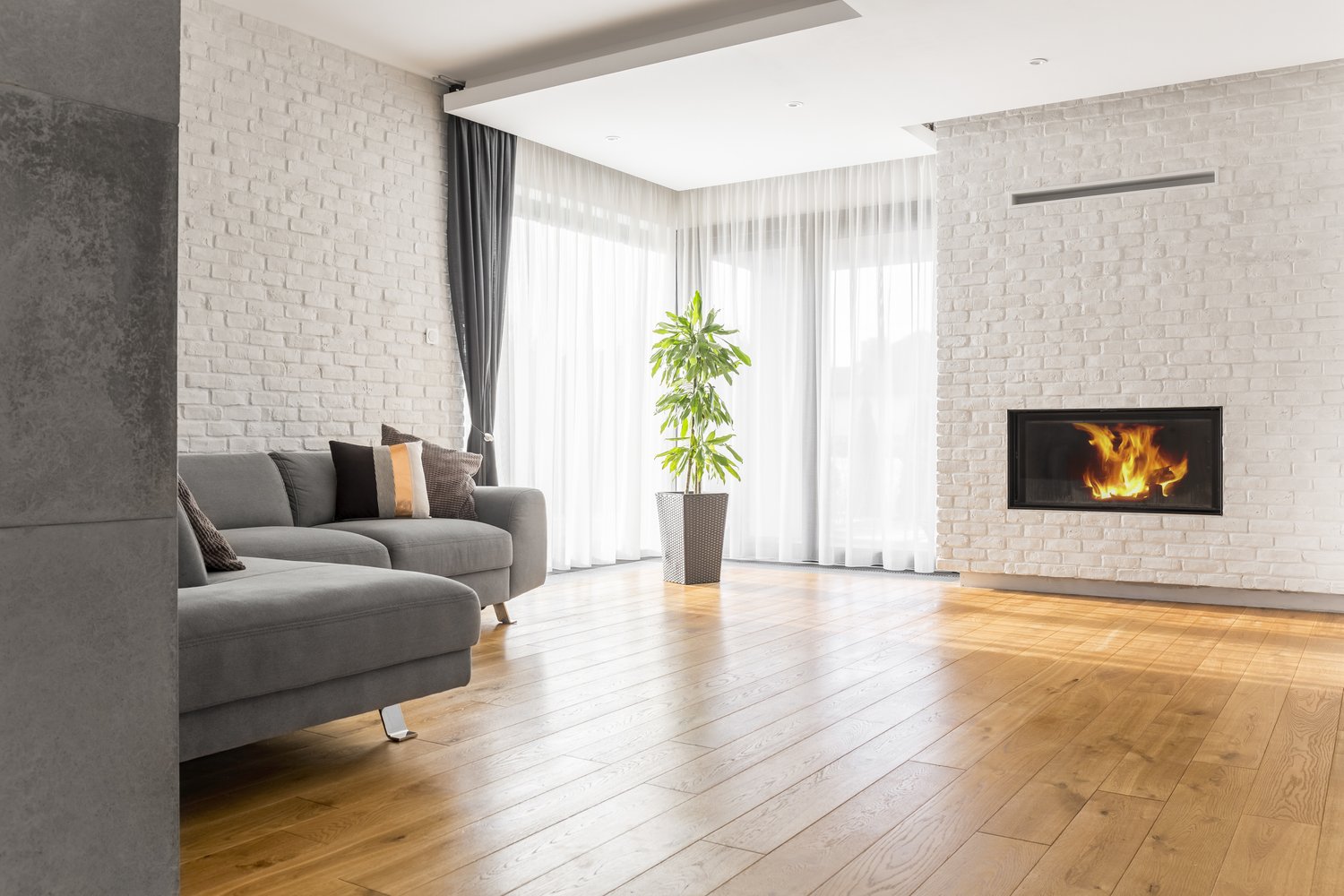Proper lighting transforms a house into a home, creating atmosphere and functionality in equal measure. Understanding how to layer lighting in your interior spaces can dramatically improve both the aesthetics and usability of each room. This guide will walk you through the fundamentals of home lighting design, explaining the three essential types of lighting—ambient, task, and accent—and providing practical guidance on how to choose light fixtures for your home. With these professional lighting techniques, you’ll be able to enhance your living spaces and create the perfect ambiance for every occasion.
Understanding the Three Lighting Layers
Professional interior designers approach lighting using a three-layer system that brings depth, functionality, and character to spaces. The concept of layer lighting interior design isn’t just for professionals—homeowners can easily apply these principles too. The three fundamental layers are ambient, task, and accent lighting, each serving a distinct purpose in your lighting plan.
Ambient lighting provides the foundation of your lighting scheme, creating general illumination that allows you to navigate spaces safely. This base layer replaces natural daylight and usually comes from ceiling-mounted fixtures like chandeliers, recessed lights, or flush mounts. When planning ambient lighting, aim for even illumination without harsh shadows or overly bright spots. This lighting layer sets the overall mood of your room and should account for approximately 75% of your room’s light.
Task lighting focuses illumination on specific areas where activities take place, such as reading, cooking, or working. Well-placed task lighting reduces eye strain and improves functionality. Examples include desk lamps, under-cabinet kitchen lights, bathroom vanity lights, and reading lamps. When implementing task lighting, position fixtures to minimize shadows and glare on work surfaces. Good task lighting should be brighter than your ambient lighting but not create jarring contrast.
Accent lighting adds dimension and visual interest by highlighting architectural features, artwork, or decorative elements. This layer creates depth and draws attention to the special features of your home. Wall sconces, track lighting, picture lights, and adjustable recessed fixtures work well for accent purposes. For effective accent lighting, use fixtures that provide approximately three times the illumination of your ambient lighting on the focal point.
Room-by-Room Lighting Strategies
Each room in your home has unique lighting requirements based on how you use the space. Let’s explore some home lighting design tips tailored to specific rooms.
In living rooms, start with ambient lighting via a ceiling fixture or recessed lights. Add table or floor lamps near seating for reading (task lighting), and consider wall sconces or directional lights to highlight artwork or architectural features (accent lighting). A well-lit living room should have at least eight points of light from various sources to create a layered, inviting atmosphere.
Kitchens demand bright, functional lighting. Recessed ceiling lights or a central fixture provides ambient illumination, while under-cabinet lighting illuminates countertops where food preparation happens. Pendant lights over islands or dining areas add both task lighting and visual appeal. Consider adding toe-kick lighting beneath cabinets for subtle night illumination.
Bedrooms benefit from softer, more relaxing lighting schemes. A central ceiling fixture or recessed lights on a dimmer switch allows adjustable ambient lighting. Bedside lamps or wall-mounted reading lights provide essential task lighting, while accent lighting in wardrobes or on displays adds character. According to experts at AskHomey, using dimmers in bedrooms can help create the right atmosphere for different activities, from getting dressed in the morning to winding down at night.
Bathrooms require special attention to lighting. Vanity lighting should come from fixtures mounted at eye level on both sides of the mirror to minimize shadows on the face. Overhead ambient lighting illuminates the entire space, while waterproof recessed lights above the shower or tub area enhance safety. Consider a small accent light for nighttime use rather than turning on bright overhead lights.
Choosing the Right Fixtures and Bulbs
Selecting fixtures is where functionality meets aesthetics in your lighting design. When you choose light fixtures for your home, consider both style and performance. Fixtures should complement your interior design while providing appropriate illumination.
Scale matters tremendously when selecting fixtures. A too-small chandelier in a large dining room will look insignificant, while an oversized pendant might overwhelm a small kitchen island. As a general guideline, add the length and width of your room in feet, then convert that number to inches for an appropriate chandelier diameter.
Light bulb selection dramatically impacts the quality of light in your home. Color temperature, measured in Kelvins (K), affects the mood of your space. Warm white (2700-3000K) creates a cozy, inviting atmosphere ideal for living rooms and bedrooms. Cool white (3500-4100K) works well in kitchens and workspaces, while daylight bulbs (5000-6500K) are best for task-oriented areas requiring maximum visibility.
Energy efficiency should also inform your choices. LED bulbs now come in virtually every style and color temperature while using a fraction of the energy of traditional incandescent bulbs. They also last significantly longer, making them an economical and environmentally friendly choice for ambient, task, and accent lighting applications.
For more tips and to connect with reliable home service professionals, follow AskHomey on Facebook and Instagram.



